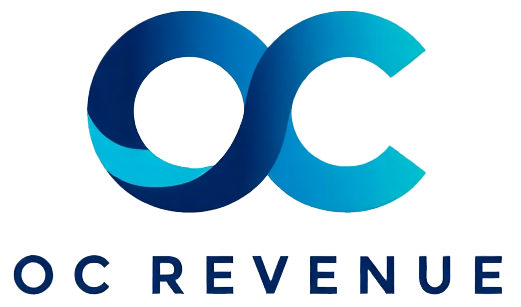Cross-functional Collaboration enhances organizational effectiveness by aligning teams across departments to achieve shared sales goals
Cross-functional collaboration drives sales efficiency and customer success
Effective Cross-functional Collaboration is critical in today’s complex sales environments where multiple teams influence the customer journey. By coordinating efforts across departments, organizations can streamline processes, share insights, and respond quickly to market changes. This leads to improved pipeline management, faster deal closures, and higher customer satisfaction.
Tools like shared dashboards, joint planning sessions, and integrated communication platforms facilitate collaboration. Leadership commitment and clear roles further ensure that teams work together seamlessly, reducing friction and maximizing resource utilization.
Building a culture of trust and technology enabled alignment for revenue growth
Cross-functional Collaboration requires a cultural shift toward openness, trust, and shared accountability. Sales teams benefit when marketing provides quality leads, customer success ensures smooth onboarding, and product teams deliver customer-driven innovation. Each function contributes unique expertise that, when aligned, creates a powerful engine for revenue growth.
Strategically, collaboration supports unified messaging, consistent customer experiences, and synchronized go-to-market strategies. Cross-departmental data sharing enables a holistic view of customer interactions and sales performance, uncovering opportunities and risks earlier. This alignment improves forecasting accuracy and operational agility.
Technology plays a crucial role in enabling collaboration by breaking down data silos and automating workflows. CRM platforms, project management tools, and communication apps centralize information and facilitate real-time coordination. However, technology alone is insufficient without processes and leadership driving cross-functional goals.
Successful collaboration also requires ongoing measurement and refinement. Organizations should track collaboration effectiveness through metrics like lead conversion rates, customer retention, and time-to-close. Continuous feedback loops and training programs help teams adapt and strengthen partnerships, ultimately fostering a culture of collective success.

















